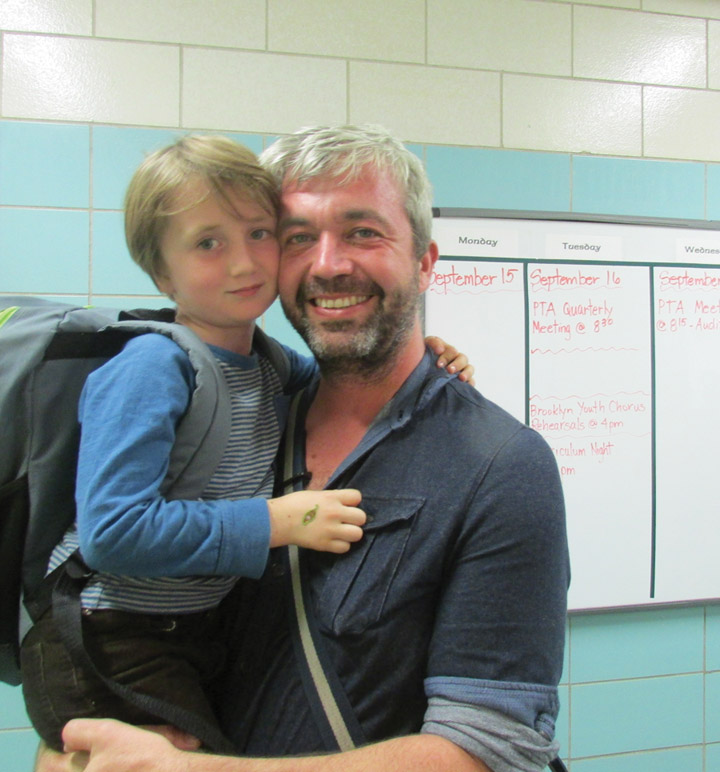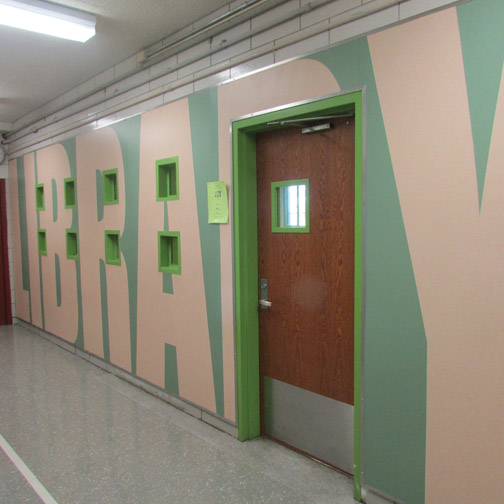In February of this year, PS 15 announced it had been granted “magnet” status beginning the fall semester of 2014.

A school that is awarded a magnet status gains federal funding for a specified number of years to incorporate specific focus on curriculum. A specific theme is chosen by the school and that school is allowed to chose what the focus will be.
The most common theme for a magnet school is STEM, (Science, Technology, Engineering, Mathmatics). The program chosen attracts students from other areas who would normally not be zoned into that particular district.
Because these schools attract a large number of students, their role is to promote academic excellence beyond non-magnet public schools and to attract a diverse student body outside of District 15.
Three other schools join PS 15 as magnet schools this year. Each has a different curriculum theme. PS 15 will specialize in the arts. PS 46 will offer communication and media arts through applied learning. PS 54 chose environmental science, technology and community wellness. PS 307 will offer the core magnet STEM curriculum.
Joe Gallagher is the Magnet Project Director for District 13. He worked for several years to achieve magnet status for PS 15. When it didn’t work, “it became my mission,” he said.
At a Friends of PS 15 meeting in February 2014, Gallagher explained to the friends what this new arrangement meant for the school.
What does it mean on a national level
Magnet monies are the largest competitive grants given to schools by the federal government. Only 27 school districts in the nation are currently funded by these grants. PS 15 is one of only 116 schools in the nation currently enrolled in the magnet program.
School District 13 will receive funding for each school of approximately $ 3.15 million each year for three years. PS 15 received initial funding in the spring of 2104. However, their magnet status official began in September at the start of the 2014-15 school year. They will receive grants through May 2017.
Some of the dollars are meant to be allocated as seed monies to continue the magnet program after the funding ends. Investments can include new equipment and supplies, technology and developed arts and science programs. Funding can be applied to professional and curriculum development, theme development and integration, and after-school, weekend and summer activities.

After the seed money has been used, a school is expected to continue magnet programming for at least three years. Gallagher suggests that the money should be spent on things that can be sustained after the magnet period. He also said that most well-run schools make the status part of their reputation , and are able to sustain the additional curriculum perpetually.
Magnet schools are chosen through a lottery based system, as they often have more seats in demand than they can fill. However, priority is given to siblings, current pre-K students, and district residents over non-residents.
The entire school participates as a whole in the program. The magnet status encompasses everyone in every grade level.
What does it mean for the school?
PS 15, in addition to the STEM, is also including arts into their core curriculum, creating the STEAM agenda. The school has added two science labs. They had no science teachers last year beyond basic curriculum, but this year they have hired two. The traditional science lab teaches environmental and healthy living, including projects like school cleanup, nutrition, and healthy living.
The hands on lab allows students to use microscopes and conduct simple experiments.
The school began a music program at the beginning of the school year. Students will learn about different instruments and be able to learn to play a variety of them through the new classes.
Faculty is working on professional development after school.
The magnet grant also allows PS 15 to set up additional after-school programs ones they already offer through Good Shepherds Services. They are offering pre-K and kindergarten curriculum. There are currently five full-time pre-K after school classes, including a dual language group and an integrated settings group for children with and without disabilities.
A part-time librarian was brought on board for three days a week last spring. The library can also now be used for special class projects even on the librarian’s days off.
In addition to services and personnel, PS 15 has also invested in equipment to enhance students’ learning. More than 25 laptops have been purchased for the library, as well as four desktop computers. Every classroom will be supplied with five laptops. If teachers want a computer for each student, they can check out additional computers from the library’s reserves.
Every classroom has a Smart Board, a live chalkboard that allows teachers to project images onto a projector screen through a laptop. Teachers can draw on the chalkboard from across the room, live stream images and videos from the internet, and use apps though the laptops.
Every classroom will soon be equipped with iPads other computer devices.
Every year, the school adds books to the library. This year is no exception. They have also repainted the library a bright green, and the outside walls have also been adorned with floor-to-ceiling letters that spell out “L-I-B-R-A-R-Y.”
The school is committed to concentrating learning one thing in all areas. Things that are taught will be read about, written about, depicted in drawings, and examined in labs.
While the school year has only just begun, students are excited about the new atmosphere they are learning in. Denise Leonard, Magnet Resource Specialist explains, “Students are so engrossed in books at 7:30 in the morning that you can’t get them up [out of their seats.]”








